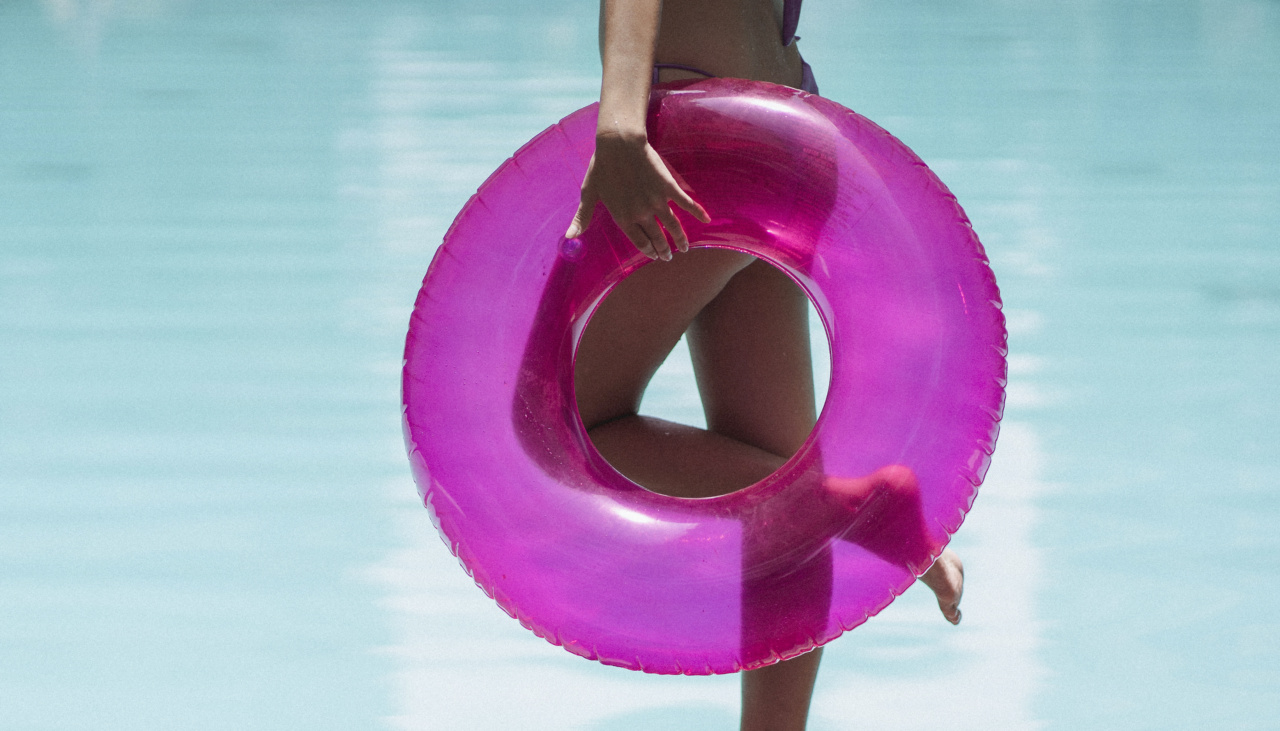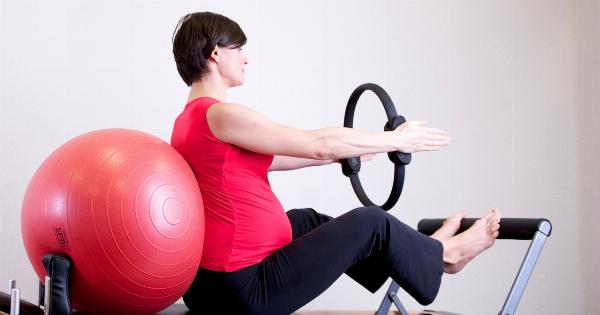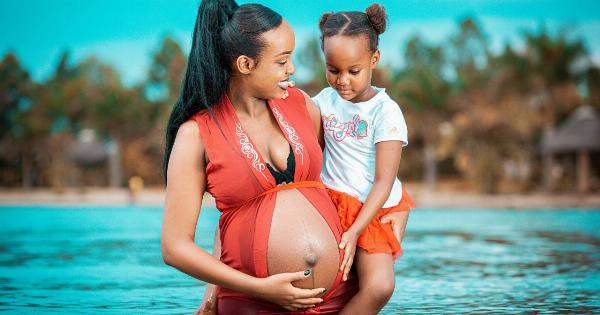Swimming is a wonderful form of exercise for expecting moms. Not only does it provide a full-body workout, but it also offers numerous benefits during pregnancy, such as relieving swelling, reducing back pain, and improving circulation.
However, like any physical activity, swimming during pregnancy requires certain precautions to ensure both the safety of the mother and the baby. If you are an expecting mom who wants to enjoy the pool and stay fit, here are some important safety tips to keep in mind.
1. Consult with Your Healthcare Provider
Before diving into the pool, it is crucial to consult with your healthcare provider. The doctor will examine you, consider your medical history, and provide specific recommendations based on your individual circumstances.
They may advise against swimming if you have any complications or a high-risk pregnancy. Always follow your healthcare provider’s guidance regarding swimming and other forms of exercise during pregnancy.
2. Choose the Right Pool
Not all pools are suitable for pregnant women. It is important to select a pool that is clean, well-maintained, and has appropriate water temperature. Ideally, the water temperature should be between 78-82 degrees Fahrenheit (25-28 degrees Celsius).
Very cold or hot water can be detrimental to your health and the baby’s well-being. Additionally, ensure that the pool has slip-resistant floors and sufficient lighting for better visibility.
3. Stay Hydrated
Hydration is vital, especially during pregnancy. Drink plenty of water before, during, and after your swimming sessions to stay hydrated. Pregnancy can increase the risk of dehydration, and swimming, being a physical activity, can further exacerbate it.
Dehydration can lead to complications such as dizziness, muscle cramps, and even preterm labor. So always carry a water bottle with you to the pool and take regular sips.
4. Use Sunscreen
Since you will be spending time in the sun while swimming, it is essential to protect your skin from harmful UV rays. Apply a broad-spectrum sunscreen with an SPF of at least 30, even if the pool is indoors.
The hormonal changes during pregnancy make your skin more prone to pigmentation changes and sunburn. Reapply the sunscreen every two hours, especially if you are swimming for a long duration.
5. Start Slowly
If you were not an avid swimmer before pregnancy, it is crucial to start slowly and gradually increase your swimming routine. Begin with shorter sessions and light-intensity exercises to allow your body to adapt to the new activity.
As you gain stamina and strength, you can gradually increase the duration and intensity of your workouts. This will help avoid unnecessary strain on your body and reduce the risk of injuries.
6. Avoid Overexertion
While swimming is generally considered a safe exercise during pregnancy, it is essential to listen to your body and avoid overexertion. If you feel fatigued, breathless, lightheaded, or experience any pain or discomfort, take rest immediately.
Overexertion can increase the risk of fainting, which can be dangerous, especially in the pool. Remember, pregnancy is not the time to push yourself to your limits. It is about staying active while keeping your and your baby’s safety in mind.
7. Use Proper Swimming Techniques
Using proper swimming techniques during pregnancy is crucial to prevent injuries and strain on your body. Consider taking swimming lessons from a certified instructor who has experience teaching pregnant women.
They can teach you proper breathing techniques, body alignment in the water, and exercises that target specific muscle groups while minimizing stress on your joints. Proper techniques will improve your overall swimming experience and reduce the risk of muscle soreness or injury.
8. Be Mindful of Surroundings
While swimming, it’s important to be mindful of your surroundings and take necessary precautions. Avoid crowded pools, as they can increase the risk of accidents or collisions.
If the pool becomes too crowded or noisy, move to a quieter area where you can swim peacefully. Additionally, be aware of slippery surfaces around the pool and use handrails or ladders while entering or exiting the water to minimize the risk of falls or injuries.
9. Wear Appropriate Swimwear
Invest in a well-fitting maternity swimsuit that provides proper support to your growing belly and breasts. Choose a swimsuit made of stretchy and breathable fabric that accommodates your changing body shape.
It should allow freedom of movement and provide adequate support without constricting or digging into your skin. Wearing a comfortable and supportive swimsuit will enhance your swimming experience and help you focus on enjoying your time in the water.
10. Take Precautions for Waterborne Illnesses
When you are pregnant, your immune system undergoes certain changes, making you more susceptible to infections. While swimming pools are generally chlorinated to kill bacteria and viruses, there is still a risk of waterborne illnesses.
To minimize this risk, avoid swallowing pool water and ensure that the pool’s water quality is regularly monitored. If you experience any symptoms like stomach cramps, diarrhea, or fever after swimming, consult your healthcare provider immediately.




























